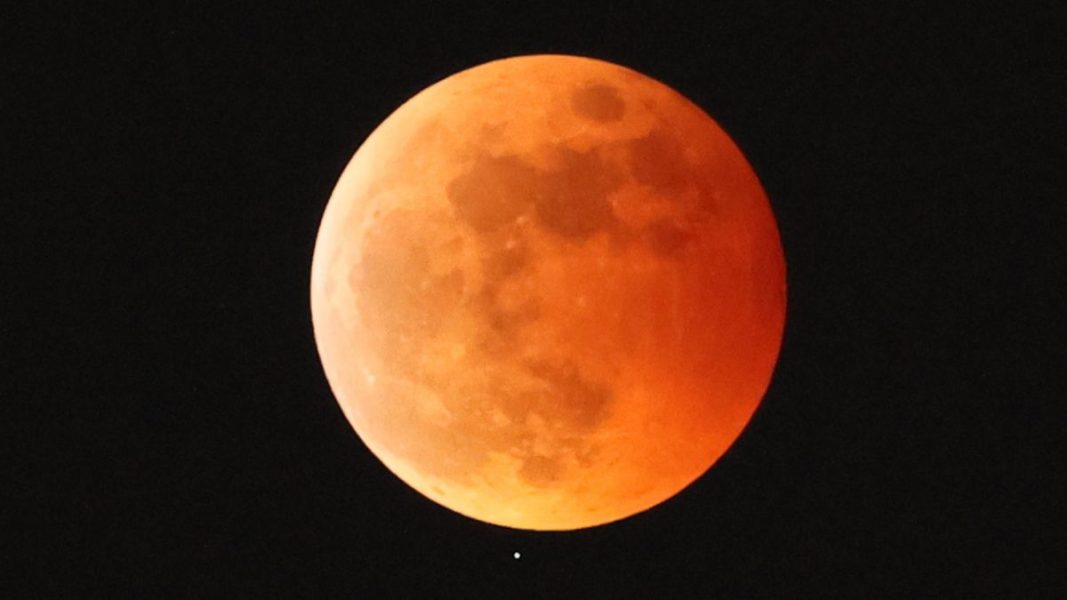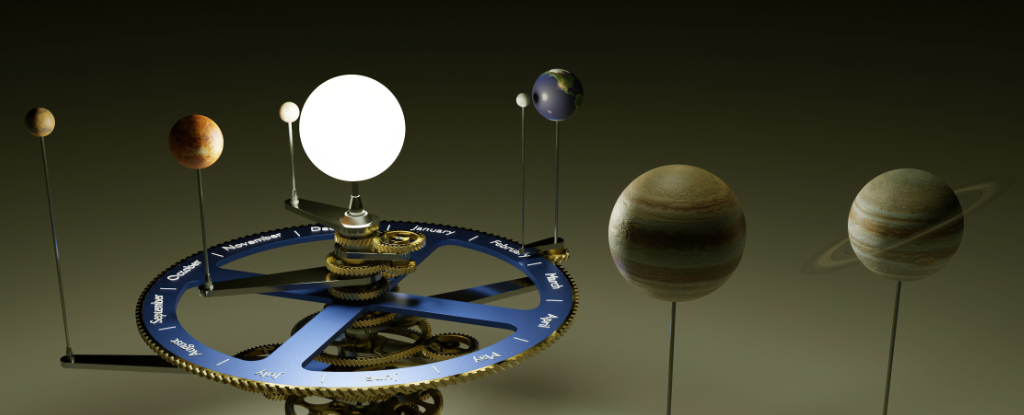NASA Just Found A Star System Breaking Every Speed Record – The Daily Galaxy –Great Discoveries Channel

Deep in the heart of the Milky Way, astronomers have detected a star system moving at mind-blowing speeds—far faster than anything we’ve seen before. Scientists believe it could be home to a mysterious exoplanet, one that might be breaking all known records. But where is it going? And could it be on a path to escape the galaxy entirely? A newly discovered star system in the heart of the Milky Way is moving at unprecedented speeds. Scientists believe this system, located about 24,000 light-years from Earth, consists of a hypervelocity star and a potential exoplanet. If confirmed, it would be the fastest-known planetary system, traveling through space at a staggering 1.2 million miles per hour (540 km/s)—twice as fast as our Sun’s journey through the galaxy.Stars typically drift across the galaxy at speeds of several hundred thousand miles per hour. Our solar system, for instance, moves at approximately 450,000 mph (200 km/s) through the Orion Arm of the Milky Way. However, the newfound star system is moving at more than double that velocity, raising questions about what set it in motion.Researchers suggest the system may contain a low-mass star with a super-Neptune-sized exoplanet orbiting it. If verified, this would be the first-ever detection of a planet accompanying a hypervelocity star—a type of star known for being ejected at high speeds due to gravitational interactions with other massive objects.The discovery traces back to 2011, when astronomers detected an unusual gravitational microlensing event while analyzing data from the Microlensing Observations in Astrophysics (MOA) project. This method occurs when a massive object bends and amplifies the light of a background star, offering a brief but valuable glimpse at distant celestial bodies.At the time, scientists estimated that one object in the system was 2,300 times more massive than the other, but their actual sizes and distances remained unclear. Two scenarios emerged:To refine these possibilities, researchers turned to observations from the Keck Observatory in Hawaii and the European Space Agency’s Gaia satellite. By analyzing updated data, they determined that the system is 24,000 light-years away, confirming its extraordinary speed.One of the most fascinating aspects of this discovery is the possibility that this star could be on a trajectory out of the Milky Way. Scientists estimate the galaxy’s escape velocity—the speed needed to break free from its gravitational pull—to be between 550 and 600 km/s. If the star’s movement includes an undetected component toward or away from Earth, it could be fast enough to escape the galaxy entirely.Even if this system is destined to leave, it will take millions of years to do so. For now, it remains in the densely populated core of the Milky Way, where powerful gravitational forces likely played a role in accelerating it to such incredible speeds.To confirm whether this star is indeed part of the 2011 microlensing event, astronomers plan to observe it again next year. If it moves in a way that matches their predictions, it will support the star-planet hypothesis. However, if it remains stationary, the rogue planet with an exomoon scenario will gain more credibility.Regardless of the outcome, this discovery challenges existing theories about how planetary systems form and survive under extreme conditions. If this is truly a planet orbiting a hypervelocity star, it will reshape our understanding of the limits of planetary evolution and stability.This high-speed mystery system continues its rapid journey through space, the scientists have a unique opportunity to study planetary survival in extreme environments.Comment Save my name, email, and website in this browser for the next time I comment.
© 2024 | Daily Galaxy | All rights reserved
Source: https://dailygalaxy.com/2025/02/nasa-just-found-a-star-system-breaking-every-speed-record/






